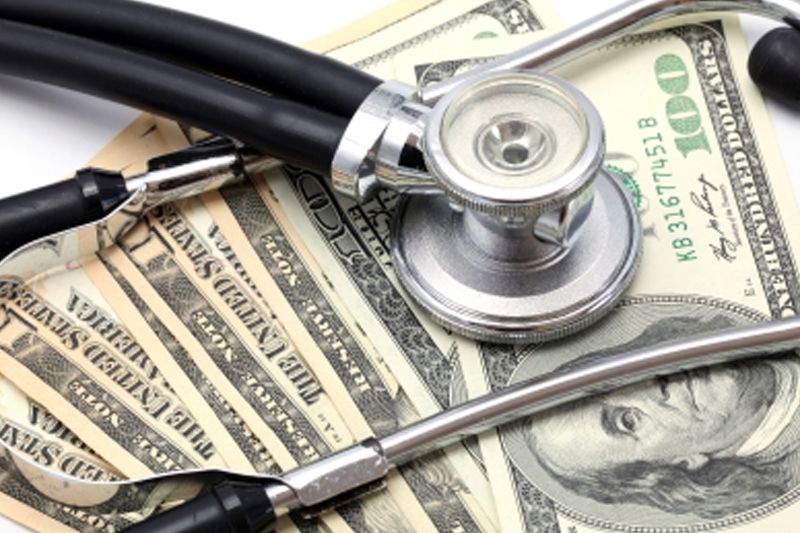BY JASON ALDERMAN
Setting a few hours aside for a midyear financial checkup in June or July can help you review how you’re doing with savings, investing, spending and debt. It can give you the opportunity to spot irregularities and adjust your budget well in advance of year-end.
If you already work with a qualified financial or tax advisor, consider discussing this review process with them so they can guide you to any specific money issues you should be tracking.
Start by requesting at least one of your three credit reports. The idea is to make sure your credit balances are accurate and to check closely for any irregularities that might signal identity theft. Federal law requires that each of the major credit agencies – Experian, Equifax and TransUnion – give you your most recent credit reports for free once a year.
If you discover unusual charges or accounts you didn’t open, alert your advisors, take any steps they recommend and otherwise follow the U.S. Federal Trade Commission’s step-by-step identity theft guide to help you take action. Remember to stagger receipt of each of your credit reports throughout the year so you have the opportunity to catch potential irregularities every few months.
Next, turn to your budget or start one if you’ve never made one before. The midyear review should focus on whether adjustments can be made to save or invest more or pay off more debt if more money is coming in from a raise or other resources. If spending is up by midyear, it’s always important to know why and whether funds can be reallocated to better purpose.
Review your retirement and whether you’re maximizing your contributions at work or in your own personal retirement accounts. Those who reach age 50 by the end of the calendar year will be able to take advantage of additional catch-up contribution allowances to beef up their balances as they approach retirement.
Midyear is also a good time to check the adequacy of one’s emergency fund. Emergency funds help keep you from tapping your credit or savings balances in a sudden cash emergency. The amount of money you keep in your emergency fund should fit your needs, but consider a balance of four to seven months of everyday expenses in case there’s a short-term job loss or an emergency repair. Consider keeping a year-round list of potential home, car or personal expenses and decide whether your emergency fund is adequate or you might need to set up other savings accounts to address bigger needs.
Make sure your tax withholding levels are correct. This is particularly important if your income has changed during the first six months of the year and you might be closing in on a higher or lower tax bracket. Consult your tax advisor for assistance, and the IRS features its own withholding calculator to help you decide.
Finally, make sure all your recordkeeping is up to date. Midyear is a good time to look over all your spending, saving and investment records to make sure all the numbers add up and underlying paperwork is in order. Also consider online banking, investing and bill payment as a way to save more time and money.
Bottom line: Taking a midyear break to review your finances gives you a thoughtful opportunity to spot errors, adjust your budget and save on taxes.
Resources:
- https://www.annualcreditreport.com/index.action
- http://www.consumer.ftc.gov/features/feature-0014-identity-theft
- http://www.practicalmoneyskills.com/calculators/emergency
- http://www.irs.gov/Individuals/IRS-Withholding-Calculator





